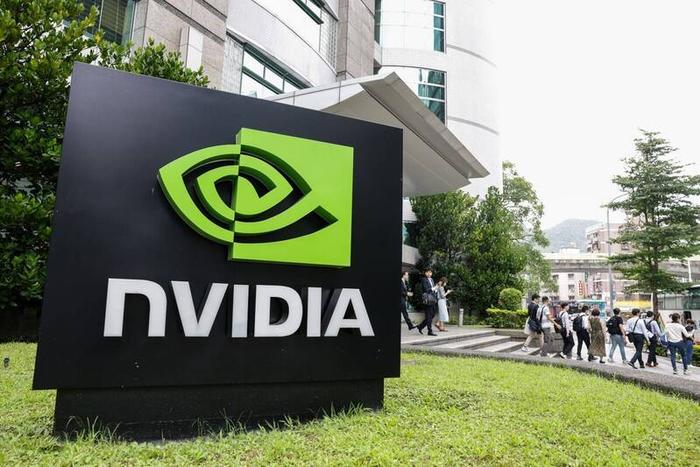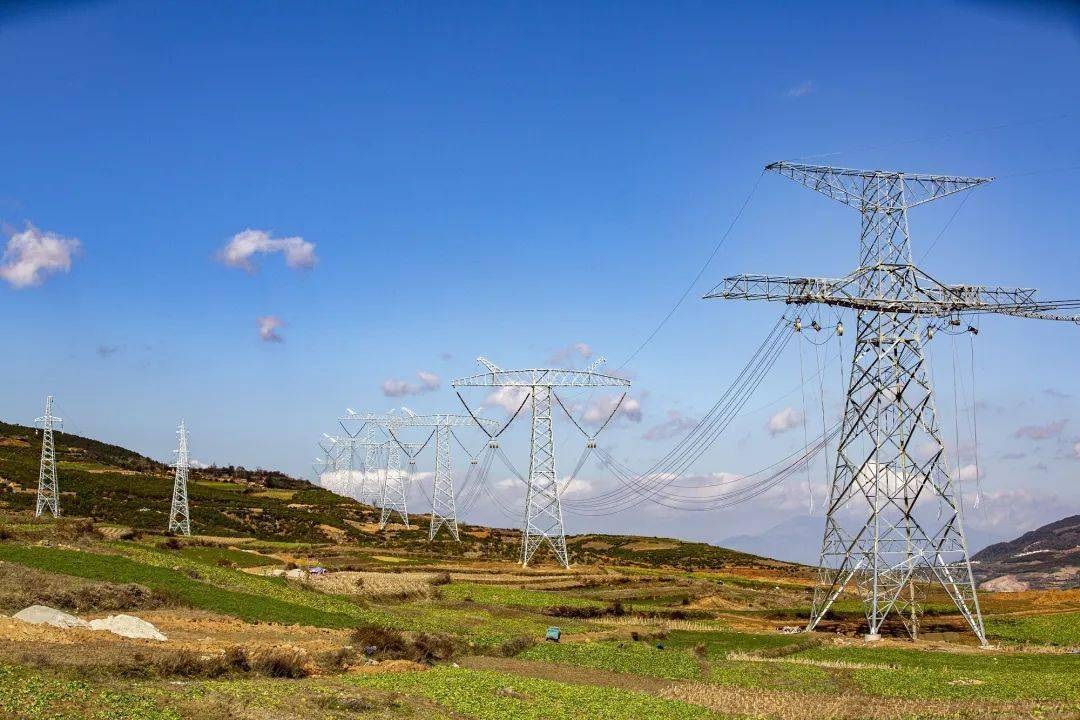
On the stage where technology and capital are intertwined, NVIDIA is undoubtedly the most dazzling star of the moment. On July 9th local time, Nvidia's stock price increased by 2.5% after opening, with a market value exceeding $4 trillion, becoming the first company in the world to reach this milestone. This chip giant, which started with gaming graphics cards, has leveraged its AI chips to dominate the global market. From OpenAI's training cluster to Tesla's autonomous driving chips, its business has penetrated almost every corner of the AI industry. But behind the high light of the market value of $4 trillion, the worries of the foam are also growing, and its future development is full of uncertainty.
The rapid growth of Nvidia's market value is the result of the enthusiastic pursuit of capital under the "computing revolution". From the changes in data center business revenue, we can see its development trajectory. In 2016, Nvidia's data center business revenue was only $1 billion, accounting for less than 10% of the total revenue; By the first quarter of 2025, this number will soar to $47 billion, accounting for 83%, with a three-year compound growth rate exceeding 110%.
However, high market value often comes with high valuation risk. Currently, the market gives Nvidia a dynamic P/E ratio of 120 times, which is 4 times that of TSMC and 10 times that of Intel. What supports such a high valuation is the market's optimistic expectation of an unlimited demand for AI computing power. IDC predicts that the global AI chip market will reach $115 billion by 2025 and even surpass $500 billion by 2030, with Nvidia expected to hold over 60% of the market share. But reality has started to pour cold water on this optimistic expectation. In the second quarter of 2025, the procurement volume of AI servers by Google and Meta decreased by 15% compared to the previous quarter, and the training of large models entered a "intensive cultivation period". The demand for computing power has shifted from a simple "surge" to "optimization", which means that the market's demand for Nvidia chips may not continue to grow at a high speed as expected.
From a supply chain perspective, Nvidia is also facing potential crises. 50% of Nvidia's H100 chip production capacity relies on TSMC's CoWoS advanced packaging, and TSMC's CoWoS production capacity will only increase by 20% by 2025, which is far from meeting Nvidia's needs. The bottleneck of production capacity has caused the spot price of H100 to skyrocket from $20000 to $45000, but even so, there is still a shortage of supply in the market. In addition, US export controls on China have forced Nvidia to launch "castrated versions" of chips such as the H20. Although it has maintained some market share in the short term, it has also provided development space for domestic chip companies such as Huawei and Cambrian.
Nvidia's $4 trillion market value was not achieved solely through its own efforts, but on the shoulders of the global industrial chain. TSMC reserves 40% of its 3nm production capacity, and the outsourcing cost of the H100 chip alone accounts for 18% of TSMC's annual revenue; 30% of Micron's HBM memory production capacity is dedicated to NVIDIA; 45% of Broadcom's AI chipset orders come from Nvidia. This deep binding not only brings prosperity, but also causes the entire semiconductor industry to suffer from "Nvidia dependency". In the first quarter of 2025, Nvidia postponed 10% of orders, and TSMC's gross profit margin immediately fell by 1.2 percentage points, which is evident. But this dependency is also triggering industry reflection and change. The EU's "Chip Act" explicitly requires a self-sufficiency rate of 20% for domestic AI chips by 2030 and launches an anti-monopoly investigation on Nvidia.
When NVIDIA defined the AI era with a market value of $4 trillion, a sharp question was posed: if the growth of AI computing demand could not match the rush of valuation, would this capital carnival triggered by chips repeat the mistakes of the Internet foam in 2000? Historically, it is not uncommon for similar technology foam to burst. During the Internet foam in 2000, Cisco once became the company with the largest market capitalization in the world, but its stock price plummeted after the foam burst; In the new energy foam in 2021, the valuation of Weilai, Xiaopeng, Ideals and other auto companies also soared, and then underwent significant adjustment.
Although Nvidia's current market value of 4 trillion yuan is brilliant, it also faces many challenges and risks. Whether and when the foam will burst is still uncertain. But what can be confirmed is that Nvidia needs to constantly innovate, break through technological bottlenecks, and expand new market space to cope with increasingly fierce competition and constantly changing market environments. And investors also need to remain rational and cautious, recognizing the potential risks hidden behind high market values, and not be blinded by short-term prosperity.

報告顯示,中國電力投資加速增長,預計2024年電網基建投資將超過5300億元。
近日,市場迎來了一則引人注目的消息:工業巨頭3M公司(MMM.N)在本周五公布了其季度業績報告,隨後股價飆升至近兩年來的
最近,外媒給OpenAI算了筆賬,今年可能要血虧50億美元。
近日,巴黎奧運會和世界鐵人三項協會聯合發布了一項重大決定,宣布因塞納河水質污染問題,原定於近期進行的奧運會鐵人三項首次下
當地時間7月18日,法國巴黎發生了一起令人震驚的持刀襲警事件。
近期,一則重大消息在國際舞臺上引起軒然大波,馬來西亞宣布加入金磚國家。
調查發現,互聯網和智能手機的使用幹擾了韓國近五分之一學生的生活。